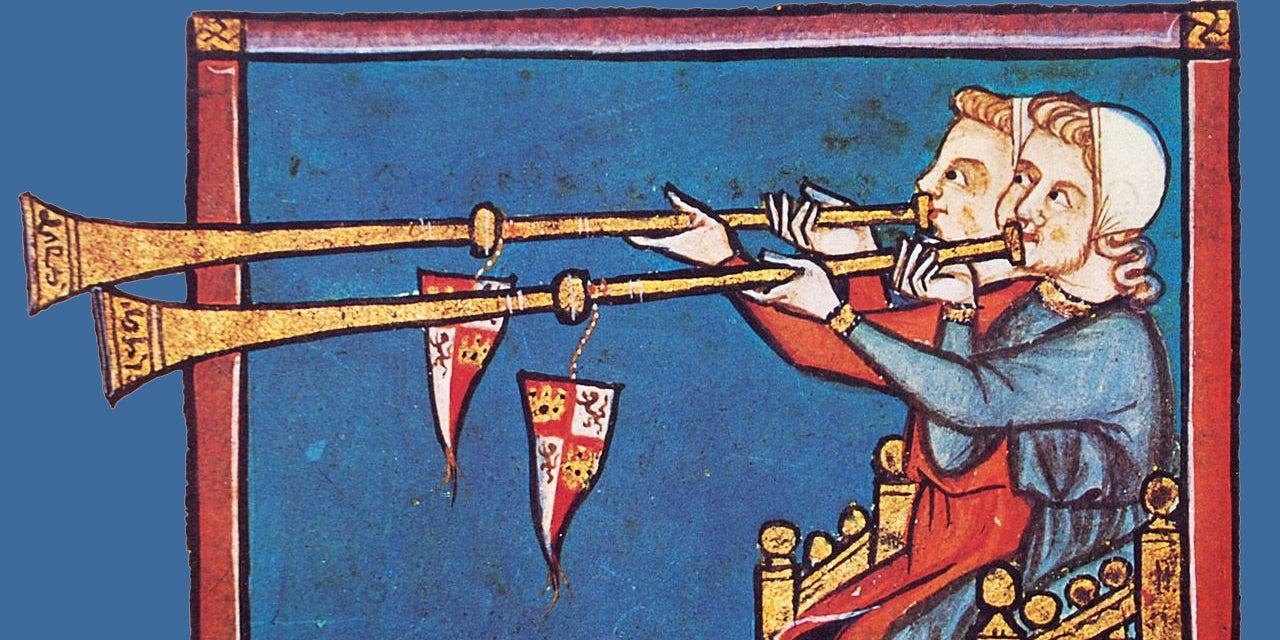The trumpet is a fascinating instrument that has evolved over centuries, leaving an indelible mark on the world of music. From its humble beginnings in ancient civilizations to its prominent role in classical and contemporary compositions, the trumpet has undergone significant transformations. In this article, we will explore the rich history of the trumpet, tracing its development from classical to modern times.
Origins of the Trumpet
The origins of the trumpet can be traced back to ancient civilizations, such as Egypt and Mesopotamia. Initially, these early trumpets were simple brass tubes without valves, relying on the manipulation of embouchure and air speed to produce different pitches. They were primarily used for military signals and ceremonial purposes.

Medieval and Renaissance Periods
During the medieval and Renaissance periods, the trumpet underwent advancements that improved its functionality. The addition of fingerholes and slides allowed for the production of different notes, expanding its range and versatility. Trumpets became indispensable in royal courts and religious ceremonies, and skilled trumpet players were highly sought after.

Baroque Era and the Invention of Valves
The Baroque trumpet had a natural scale without pump or pedal mechanisms. Playing it required the trumpeter to rely on their own technique, which was challenging without modern valves. These trumpets were crafted by hand from brass, copper, and other precious metals using ancient tool-making techniques. This process was time-consuming and labor-intensive due to the lack of modern machinery and equipment.

The classical period marked a golden age for the trumpet. Composers such as Haydn and Mozart recognized the trumpet's capabilities and incorporated it prominently in their symphonies and concertos. Technical advancements in trumpet construction allowed for greater agility and virtuosity, leading to intricate and demanding trumpet solos.

20th Century and Contemporary Trumpet
The 20th century witnessed further advancements in trumpet design and playing techniques. Jazz music played a pivotal role in shaping the development of the trumpet, with legendary musicians like Louis Armstrong and Miles Davis pushing the boundaries of the instrument. The introduction of new materials and innovative playing styles expanded the trumpet's expressive range and versatility.

Modern Trumpet Innovations
In recent years, trumpet makers and musicians continue to explore new frontiers. Custom designs, specialized mouthpieces, and digital effects have further expanded the possibilities for trumpet players. The trumpet's adaptability can be seen in its presence across various musical genres, including classical, jazz, pop, and even experimental music.

The history of the trumpet is a testament to human creativity and innovation. From its humble beginnings to its present-day prominence, the trumpet has continuously evolved, leaving an indelible mark on the world of music. Whether in the classical symphony hall or the modern jazz club, the trumpet's powerful and expressive sound continues to captivate audiences and inspire musicians worldwide.




 https://kgumusic.com/pages/about-us
https://kgumusic.com/pages/about-us
3 comments
Thanx so much. You and your work are much appreciated.
Thank you for posting this concise history of this awesome instrument’s development.
Thanks for the article. Some nicely presented ideas and pictures. But, you have missed some important stages of development. This could be included in an extended article.